Up Next

No Friday running has thrown everyone into the Eifel Grand Prix battle without the security blanket of data into what is likely to be one of the coldest Formula 1 races in history.
That adds some uncertainty into proceedings about who might best solve the various challenges but the running in Saturday morning practice and qualifying has confirmed what that challenge is likely to be: the low track temperatures of the Nurburgring in October are set to make the Eifel GP a game of front tyre performance.
Getting temperatures into the fronts is the key challenge. “Even the softest tyre is tricky,” reported Daniel Ricciardo. “We were doing our out-laps at full speed.”
Ricciardo was specifically talking about getting the tyres ready for a qualifying lap but that same trait is also set to have a major impact on the shape of the race – because if the front tyres are at less than their optimum temperature, they will grain.
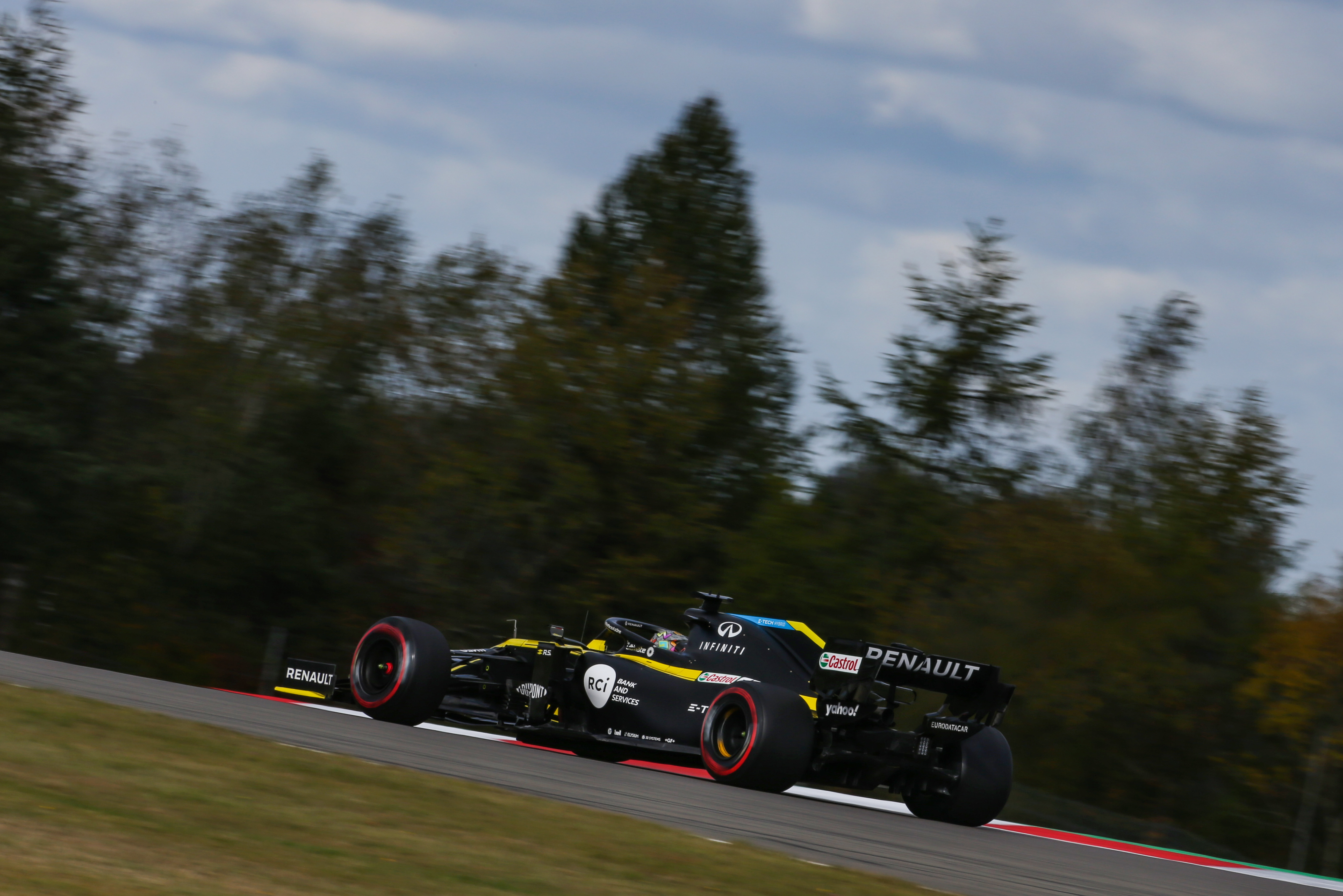
The layout of this track – the long turns of 3, 7, 11 and 15 in particular – naturally induces that anyway, but combine that with such low temperatures and the problem becomes yet-more acute.
Graining of the front-left looks set to be the determining factor of whether the race can be completed on the theoretically faster one-stop strategy or if it will result in such heavy wear that two stops – or even three – will be necessary.
Tyre graining becomes more pronounced when the tyres are below their ideal operating temperature as the tread becomes more brittle, less pliable. A cold track surface will usually be very reluctant to interact chemically with the rubber, and with those chemical bonds much weaker than with a warmer track, the mechanical aspect of the tyre – the way its structure acts as the tread grabs hold of the track – is more stressed.
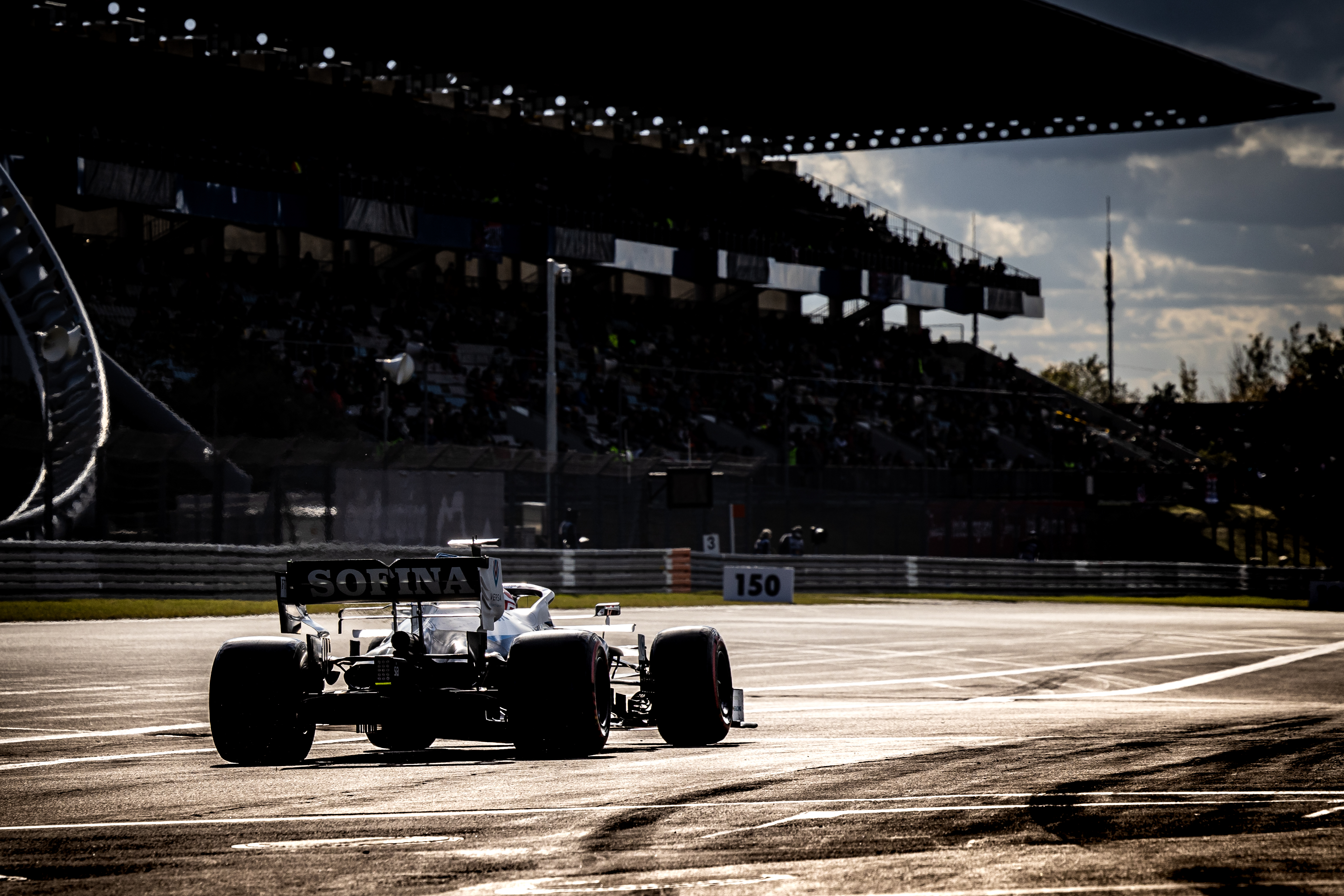
With less help from chemical bonding, the top of the tread tends to be ripped away from the layers beneath and it is those pieces of torn rubber that form the graining. The colder and more brittle that tread, the worse the problem tends to be. The worse that problem, the quicker the tyre uses up its tread.
As such, it can be expected that the graining could be even worse on the medium and hard compounds. Although the harder compounds are stronger in normal temperatures, the greater brittleness of their treads can make them less so in low temperatures. The difference in grip between them and the soft compound will tend to be greater than normal too.
Hence the abandoned experiments with the mediums in Q2 for Mercedes, Ferrari and Renault, all of which tried them on the first runs and elected to replace them with softs for the second ones. “It was just so slippery on the mediums,” confirmed Ricciardo.
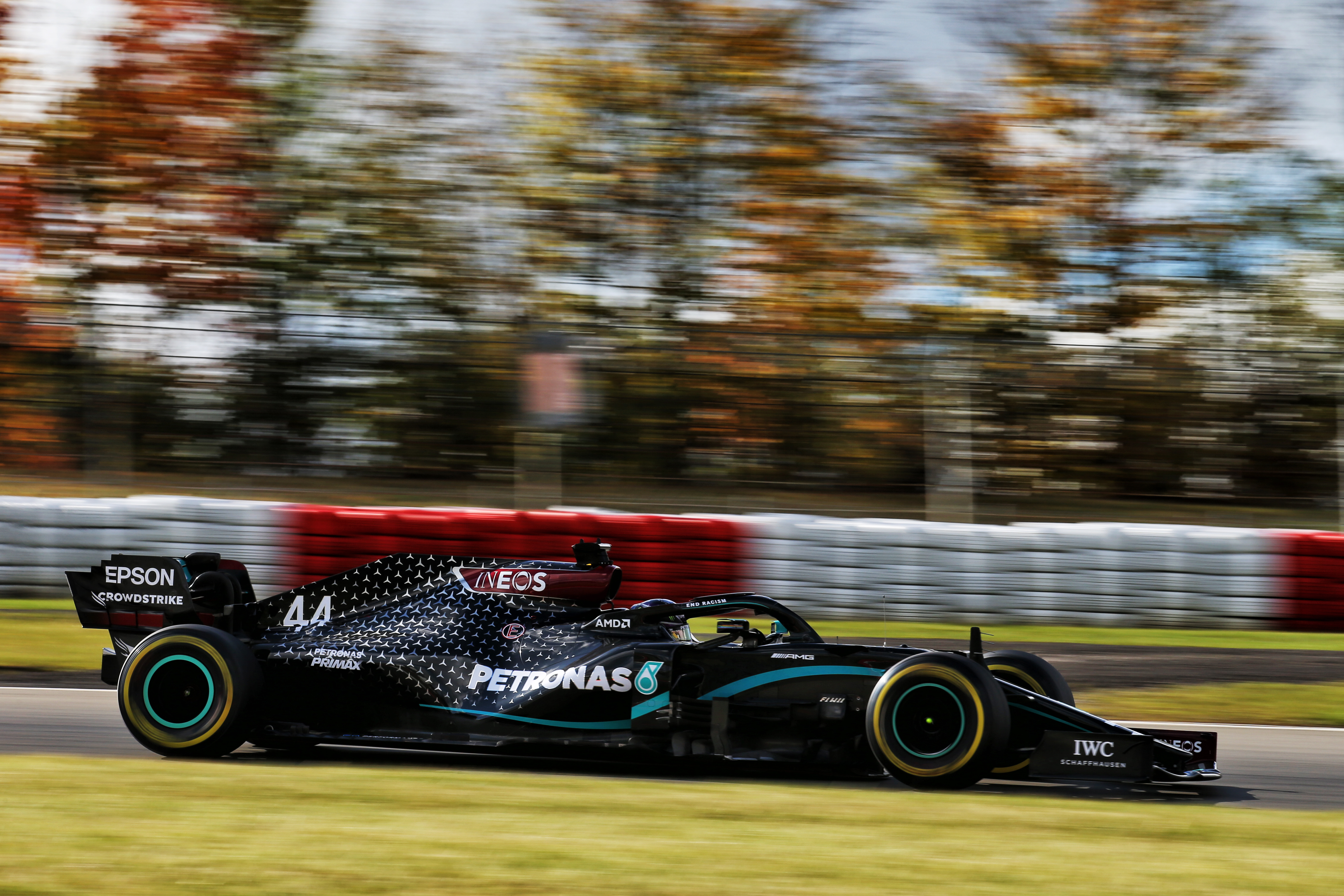
“I could’ve got through [Q2] on the mediums and I wanted to stay with them,” said Lewis Hamilton. “But the team chose for us both to be on same tyre. I think the tyre would have been a bit too hard, actually. But I just wanted to do something different.”
Only Hamilton recorded a medium-tyred time that would have been quick enough to have made it through to Q3 (though Esteban Ocon was very quick on it and was unusual in finding only a tenth or so when he switched to softs, compared to between 0.8-1.4s for the other five).
Slower and probably without its usual range advantage over the soft (because of the likely extra graining), the medium didn’t make much sense as a starting tyre.
“The other problem with the medium,” said Mercedes team boss Toto Wolff, “is that it loses you about three metres at the start to a soft.”
Ferrari, with further aerodynamic upgrades to complement those introduced at Sochi, looked in much better shape than of late
Valtteri Bottas was much more at home on the soft tyre, to the extent that he shaded Hamilton by over 0.2s to take his third pole of the season. It’s his to lose from there – but actually losing it from there could happen very easily, even if he wins the start, if he doesn’t control the graining as well as Hamilton. Mastery of tyre wear is one of the core skills of Hamilton.
“It’s not a track you can easily overtake on,” he said, “but there could be lots of opportunities.” This could be a fascinating game of cat and mouse.
Even outside the top 10, don’t be too surprised to see the red-walled tyre as the favoured choice for the start. To make the 60-lap distance with only one tyre stop, it may be necessary to get that starting tyre to go well into the high-20s. If it gives up before then, you may be doomed to a two-stop.
The whole secret to tyre life – and whether a one-stop is feasible in a dry race – will be a balanced car. With a good balance the driver has a better chance of massaging some heat into the fronts, of allowing at least some chemical bonding to occur to reduce the stress on the tyre’s structure.
Do that and the advantages quickly multiply, as less steering lock is needed, the car’s rotation can be completed earlier into the corner – making it both faster and easier on the tyres.
This has got to be a particular concern for Red Bull and Max Verstappen. Even though this was the closest to Mercedes Red Bull has been all season (Verstappen a genuine pole contender and falling short of splitting the Mercedes only by 0.037s), its balance doesn’t bode well for its race prospects against the Mercedes.
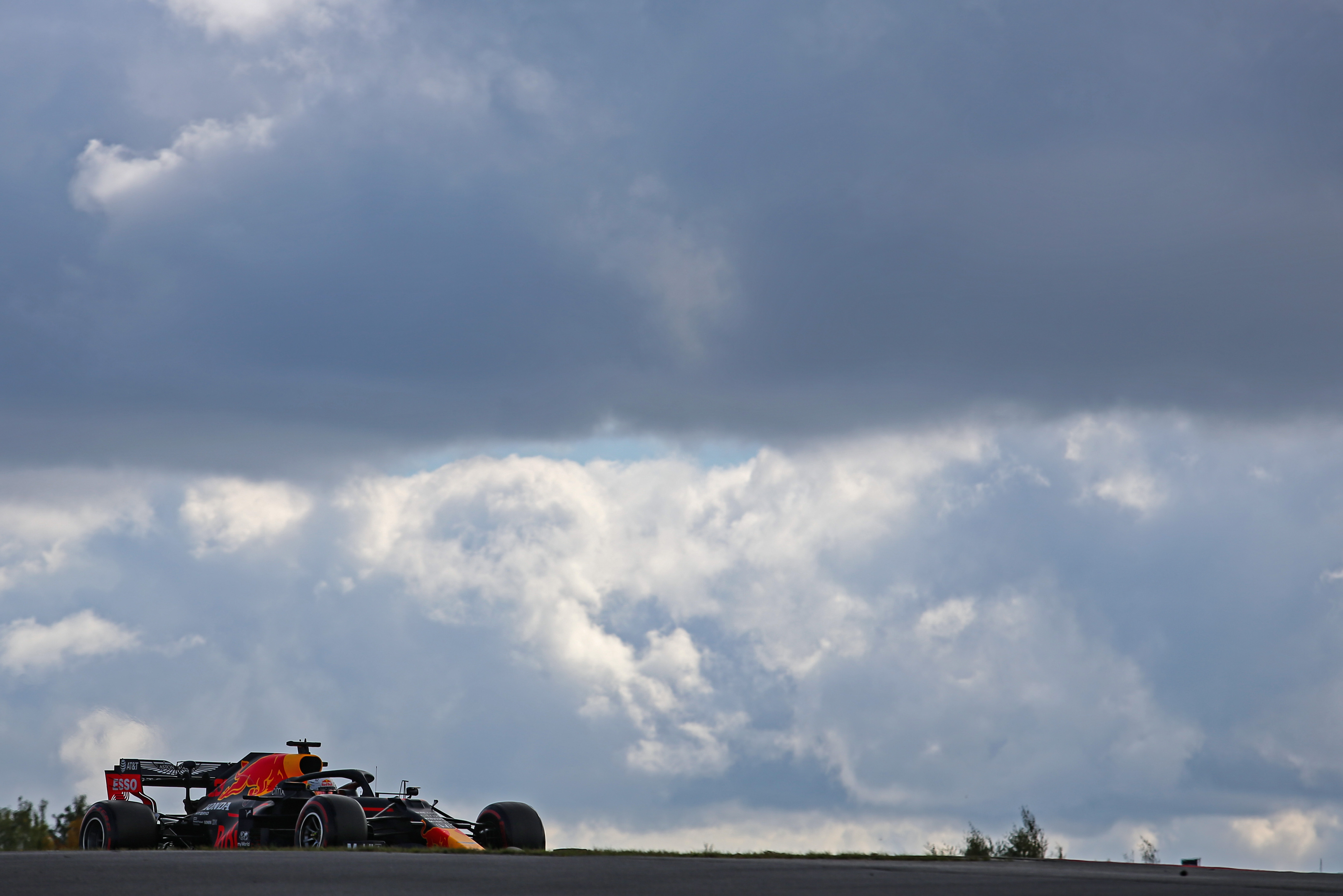
An aerodynamic upgrade has brought a significant improvement to the car, in giving it the rear end stability it has lacked so far this season.
“It worked so well that I’ve got understeer,” said Verstappen. “If we’d had the Friday running we could probably have tuned that out.
“It’s nice in that it suggests we’ve made progress but when you have understeer you cannot carry that mid-corner speed and have to V-style it a bit more.”
More to the point, it will wear those graining fronts quicker.
Given that there were not really any long runs, all we have to go on is the raw pace of the cars – which around here is quite distinct (as shown below). But the competitive order could be wildly different to the single lap pace, depending entirely upon how well that front left can be protected.
Mercedes
+0.2s
Red Bull
+ 0.5s
Ferrari & Renault
+ 0.4s
McLaren
+ 0.2s
Racing Point & AlphaTauri
+0.2s
Alfa Romeo
+0.2s
Williams
Ferrari, with further aerodynamic upgrades to complement those introduced at Sochi, looked in much better shape than of late. The SF1000 appeared to generate that vital front tyre temperature quite well, albeit at the expense of a somewhat wayward rear end which Charles Leclerc is clearly more comfortable with than Sebastian Vettel (who starts seven places behind his team-mate in 11th).
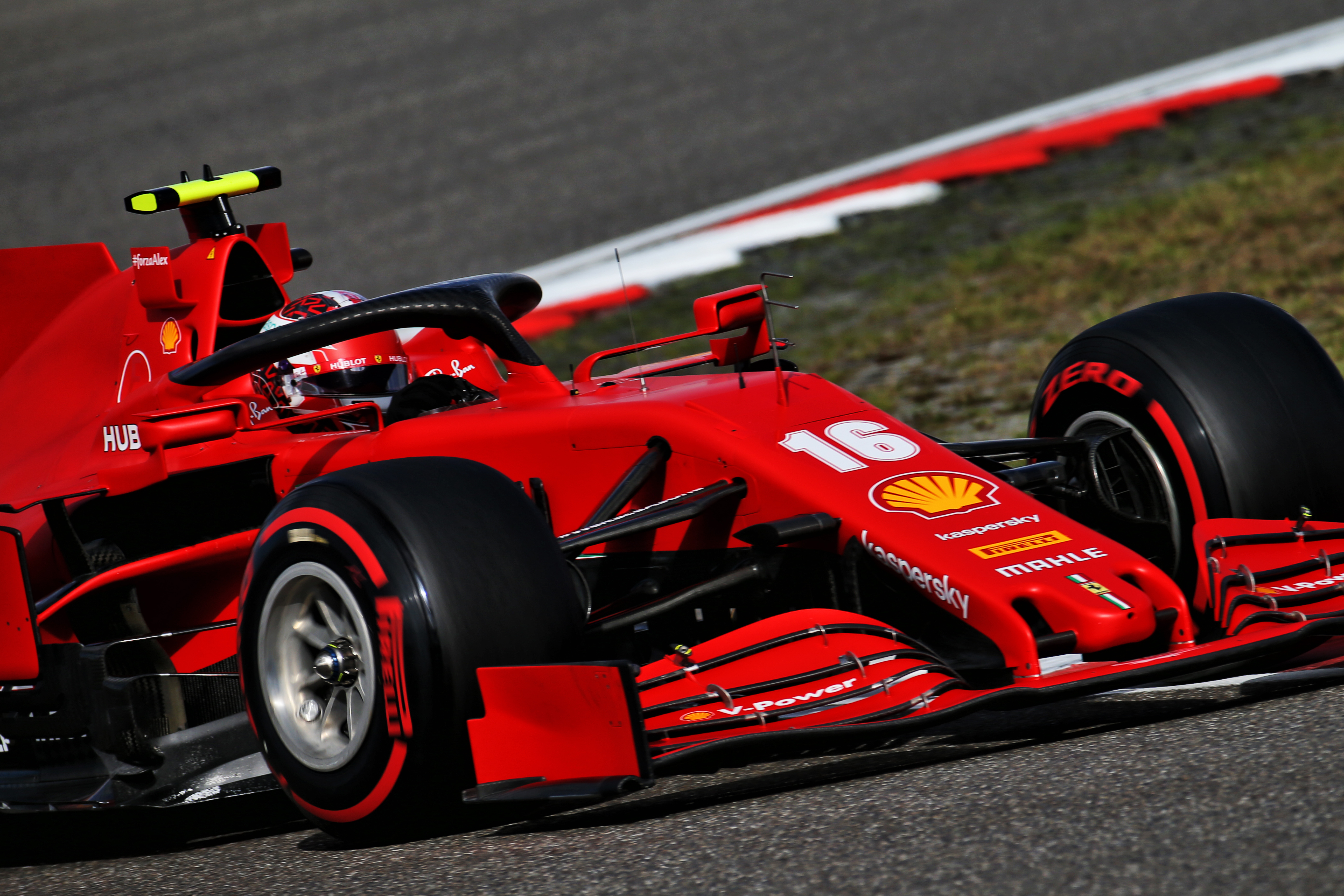
Renault was happy to have proved competitive in this ‘best of the rest’ group on a high downforce track for the first time. It’s nip and tuck as quick as Leclerc’s Ferrari over a single lap but might be expected to be more consistent.
The Racing Point appears to have been under-qualified and Sergio Perez – who starts ninth – usually manages to find a way of conserving the rubber when that’s a key requirement.
The other complication might be rain, though at the time of writing the chances of that during the race were no more than 30%. But for those cars giving that left-front a particularly hard time in the dry, an opportunely-timed shower could be a Godsend.




